Between oiling up with tanning oil in the 80s, a nap that went too long in a tanning bed, that rogue experiment you did with a sun lamp at home in high school or even yesterday when you just forgot to put on sunscreen, it’s pretty safe to say we’ve all had a sunburn at one point in our lives. But the real question is, can anything be done to reverse sun damage? The answer is YES and today we’re digging into solutions for preventing and treating long term sun damage. Let’s go!

By: Hayley Wood L.E., N.T.P
Meet the Expert
Hayley Wood
Hayley Wood is a licensed esthetician, nutritional therapy practitioner, and founder of Therapeutic Skin Coach. With 16 years of experience in holistic skincare and education, Hayley has a passion for skin health education and offers custom plant-based facials in Dallas, Texas as well as online consultations and classes.
IN THIS POST:
- How can I prevent sun damage?
- What else can I do beyond SPF?
- How to recover from a sunburn
- What about the effects from long term sun damage?
- Is there anything I can do for previous sun damage?
Spending time in the sunshine has long been a beloved pastime for many, especially during the summer months. Its warm rays bring a sense of joy and vitality to our lives. Like plants and other species, humans also require sunlight to enhance their overall health. Most importantly for the production of vitamin D, a nutrient synthesized through the skin that’s crucial for hormone health and bone development.
However, within the last 20 years we have become more aware of the long-term effects of excess sun exposure and its potential risks. The Skin Cancer Foundation reports that sun damage accumulates over time, with approximately 23% of a person’s lifetime exposure occurring by the age of 18. We can’t do anything about past sun exposure (and we shouldn’t feel ashamed about it), but we can become more conscious of sun protection practices going forward.
I can personally still smell the Coppertone and sand mixing together with the warm breeze during family beach vacations in the 90s. A sunburn just seemed like part of the experience of growing up. Since becoming an esthetician I’m much more aware of the defense our skin has to create when trying to avoid getting damaged from UVA and UVB rays. Because of this I’ve become an advocate for educating others on how to help support their skin from long term sun damage.
RELATED: My Surprising Results from Solawave’s Wand After One Day!
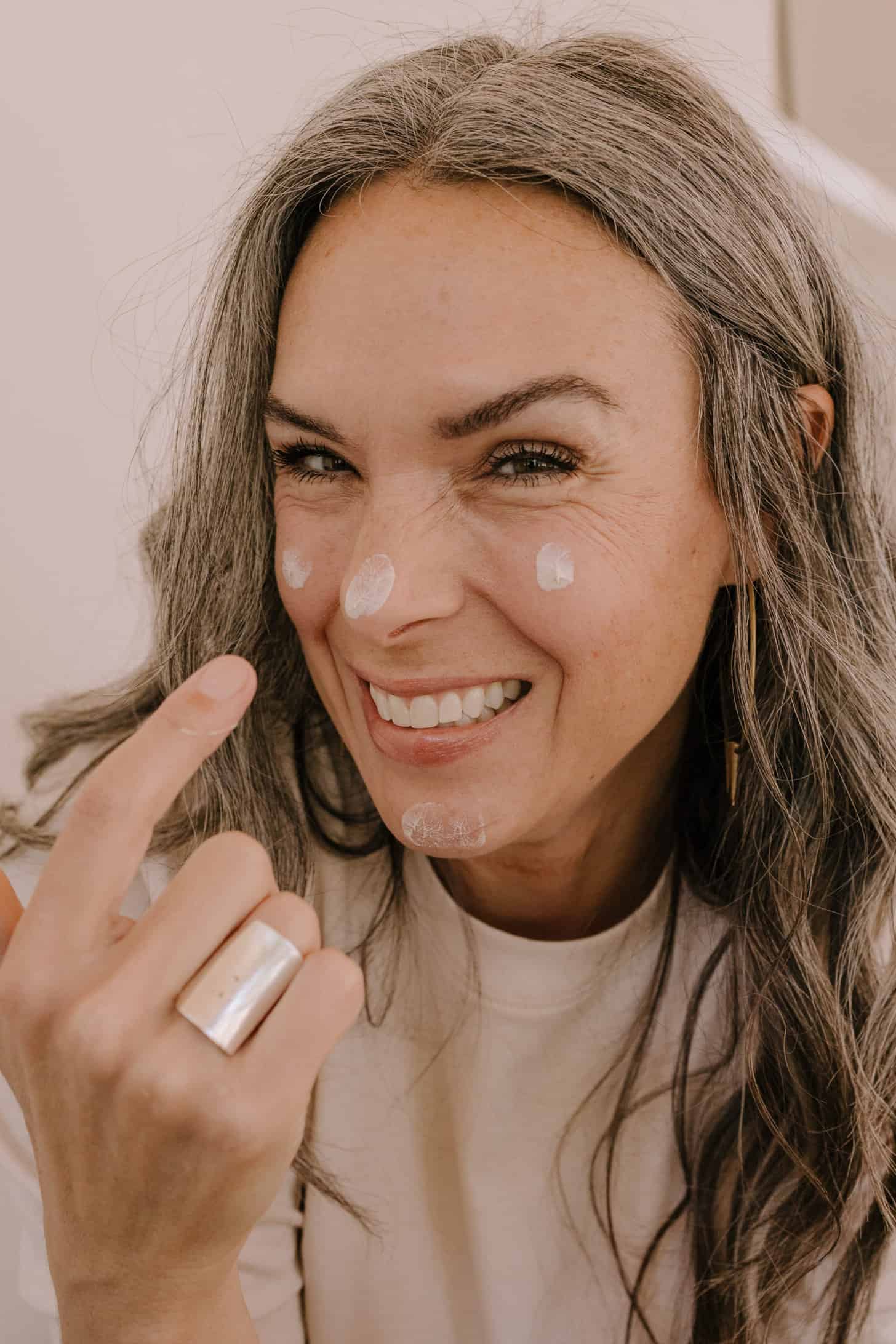
How can I prevent sun damage?
The first step in managing long-term sun damage is having an understanding of the benefits of prevention and protection. To safeguard against the potential risk of sun damage while still being able to enjoy the sun, it is crucial to adopt sun protection practices.
One of the most effective ways to protect your skin is by using an SPF15 or higher on a daily basis. Unfortunately, the SPF in your makeup isn’t enough. Consider layering your sunscreen over your moisturizer and under your makeup during the day. For days when you’ll be spending more time in the sun invest in protective clothing and reapply your sunscreen every 2 hours.
RELATED: Check out TNK’s top SPF recommendations!
A daily SPF not only helps prevent premature aging but also reduces the risk of DNA-damaging burns that can potentially lead to skin cancers.
TAKEAWAYS FOR SUN DAMAGE PROTECTION:
- Wear sunscreen daily
- Sunscreen in makeup is not enough
- Layer sunscreen over moisturizer and under makeup
- Reapply sunscreen every 2 hours
- Invest in protective clothing
What else can I do beyond SPF?
According to studies, increasing your overall antioxidant intake has been shown to help combat free radical damage in the skin. Adding in carotenoid-rich foods (spinach, kale, watermelon, and carrots are just a few) and increasing antioxidants vitamin C and E through micronutrients in your diets can help.
Turns out that killer headache and sunburn combo after a couple cocktails by the pool isn’t a coincidence. Dehydration weakens our skin barrier and lessens our skin’s ability to combat those UV rays. Try avoiding dehydrating and inflammatory foods and focus on hydration-rich foods filled with antioxidants (like a summer salad or smoothie with coconut water) when you’re spending extra time in the sun.
Topically, Raspberry Seed oil is a potent antioxidant-rich oil that has been studied for its ability to prevent UV-induced skin damage. It’s not to be confused as an alternative to SPF, but a great addition to your sun damage control. Jojoba oil is also known for its protective properties against sun damage as well as our team’s fave, plum seed oil. Incorporating these natural ingredients into your skincare routine (in addition to your SPF) can provide additional support in your skin’s defense against sun damage.
Looking for a skincare recommendation? Try either of these listed below for an added boost of antioxidants protecting your skin.
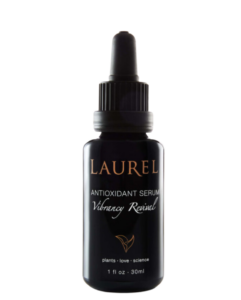
Laurel Antioxidant Serum | $102
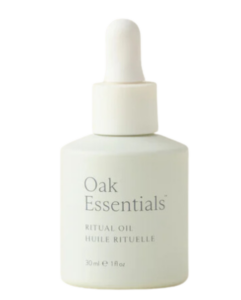
Oak Essential Ritual Oil | $88
Last but not least, it’s valuable to watch our sun exposure during peak sun hours which usually ranges between 10 am – 4 pm (depending on where you live and time of year). Your skin’s tolerance to the sun can also indicate any possible inflammation needing to be addressed internally. It is suggested to have SPF on during these times, and if tolerable, get unprotected sun exposure for your vitamin D absorption outside of peak sun hours. Apps like D-minded are great to help you determine the best times to stay protected from the sun.
TAKEAWAYS FOR SUN DAMAGE PROTECTION:
- Up your intake of antioxidant rich foods like spinach, kale and watermelon.
- Make sure you are meeting your daily vitamin c and vitamin e requirements.
- Up your intake of hydration-rich foods like a summer salad or smoothie with coconut water.
- Seek out topical oils that naturally prevent UV-induced skin damage like raspberry seed oil or plum seed oil and more.
- If you decide to go without SPF, choose non-peak sun hours.
RELATED: Does my hair need SPF?
How to recover from a sunburn
Unfortunately, despite our best efforts, sunburns still happen sometimes. Acting quickly is key to helping your skin heal. Along with eating antioxidant-rich foods and staying hydrated, green tea, immortelle, aloe, turmeric, and sea buckthorn are all known for their healing properties and can aid in reducing inflammation and promoting skin recovery.
Consider trying this hydration duo by Apoterra for immediate skin soothing sun recovery.
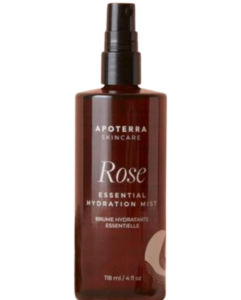
Apoterra Essential Hydration Mist | $39
This mist is rich in rooibos tea and aloe.
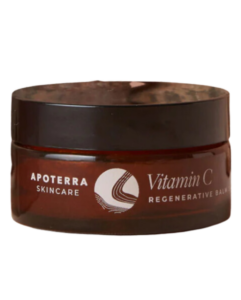
Apoterra Vitamin C Regenerative Balm | $58
This balm is made with turmeric and sea buckthorn oil.
Need more sunburn support? Check out this deep dive with more tips for sunburn relief.
TAKEAWAYS FOR RECOVERING FROM A SUNBURN:
- Hydrate, hydrate, hydrate internally.
- Eat antioxidant-rich foods.
- Use healing topicals like green tea, aloe, tumeric and more.
- And use these sunburn relief tips.

What about the effects from long term sun damage?
As we continue to age, it’s common to notice the tapestry of our skin changing with new marks and scars. And while there is something beautiful about acceptance of aging and lived experiences in our skin, it’s also vital to our health to be conscious of certain changes. For changes in moles or other pigmented lesions on the skin we refer to the ABCDE’s of melanoma. Which refers to Asymmetry, Border, Color, Diameter, and Evolution of these marks. When in doubt, make an appointment with your dermatologist to discuss or find a free skin cancer screening near you.
TAKEAWAYS FOR MANAGING LONG TERM SUN DAMAGE:
- Make and keep an annual skin check appointment with your derm!
RELATED: How to read sunscreen labels.
Is there anything I can do for previous sun damage?
The truth is you can’t go back in time, but there are treatments than can help minimize long-term sun damage effects such as hyperpigmentation, sun spots, fine lines, and wrinkles. When considering your skincare products look for ingredients like bilberry, licorice root, calendula, and carrot seed oil which can help address these concerns.These have been extensively studied for their ability to balance melanin production, reduce inflammation, and promote skin repair.
Some of our favorite products that include these beneficial ingredients include:
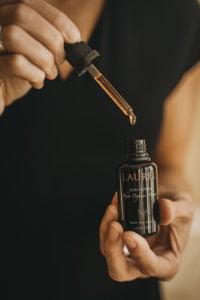
Laurel Sun Serum | $96
Retinol is also a powerhouse ingredient to help with various forms of skin damage such as long term sun damage. Best suited as a nighttime skincare product, retinol has long been studied for its regenerative properties that help soften the appearance of fine lines and deeper set wrinkles as well as support texture or tone imbalance. It also provides a boost of antioxidants to the skin with synergistic results when combined with antioxidants such as vitamin c and e.
However, many forms of retinol can feel a bit too harsh for certain skin types which is why we suggest using gentle forms such as these.
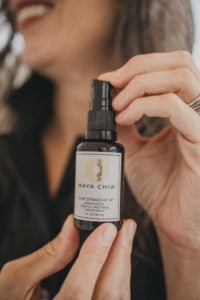
Maya Chia The Straight A | $125
Lisa’s all time favorite!
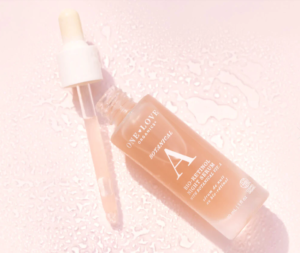
One Love Organics Botanical A Bio-Retinol Night Serum | $78
Nicolle loves this plant-based retinol which is gentle enough for even the most sensitive skin.
TAKEAWAYS FOR REPAIRING SUN DAMAGE:
- Seek out topicals that feature ingredients with the ability to promote skin repair like bilberry, licorice root, calendula and retinol.
What tip(s) will you try?

TNK Team Note: This article may contain affiliate links, including Amazon affiliate links. As an Amazon Associate, we earn from qualifying purchases. TNK uses affiliate links as a source for revenue to fund operations of the business and to be less dependent on branded content. TNK stands behind all product recommendations. Still have questions about these links or our process? Feel free to email us.
FAQ
The truth is you can’t go back in time, but there are treatments than can help minimize long-term sun damage effects such as hyperpigmentation, sun spots, fine lines, and wrinkles. When considering your skincare products look for ingredients like bilberry, licorice root, calendula, and carrot seed oil which can help address these concerns. These have been extensively studied for their ability to balance melanin production, reduce inflammation, and promote skin repair. Learn more here.
Long-term sun damage effects include hyperpigmentation, sun spots, fine lines, and wrinkles. Learn more about the best treatments to minimize them here.
There are treatments than can help minimize long-term sun damage effects such as hyperpigmentation, sun spots, fine lines, and wrinkles. When considering your skincare products look for ingredients like bilberry, licorice root, calendula, and carrot seed oil which can help address these concerns. These have been extensively studied for their ability to balance melanin production, reduce inflammation, and promote skin repair. Learn more here.

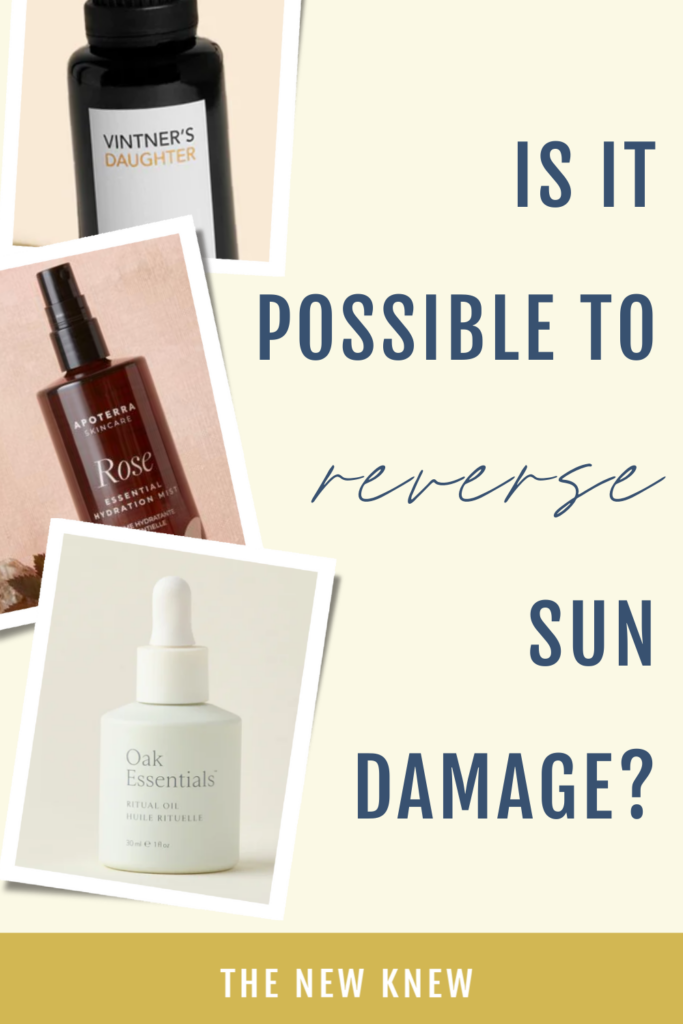
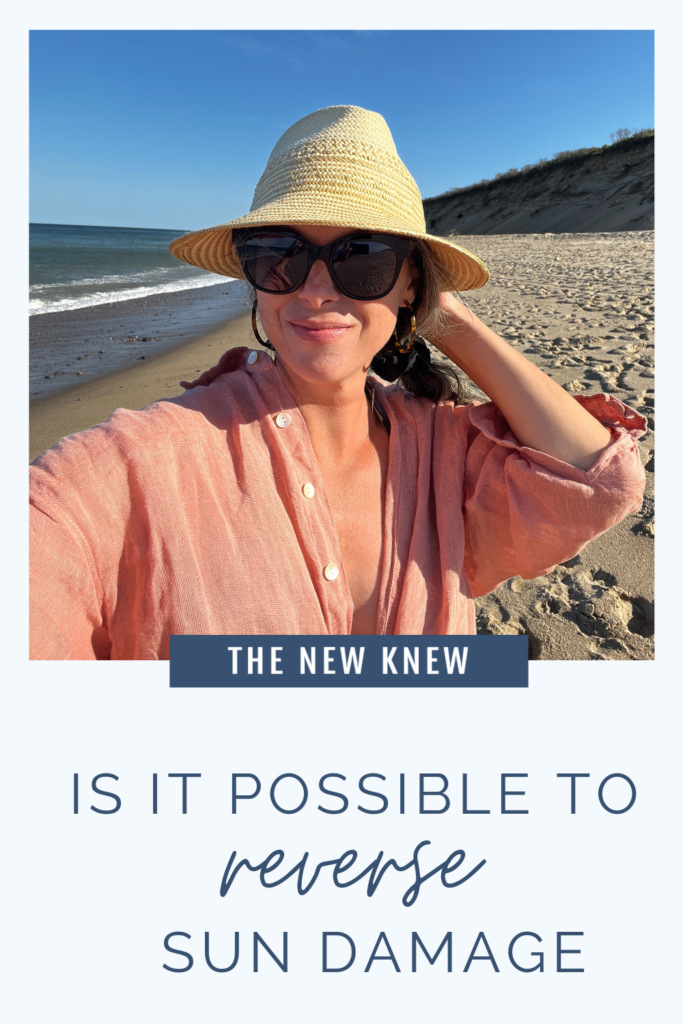
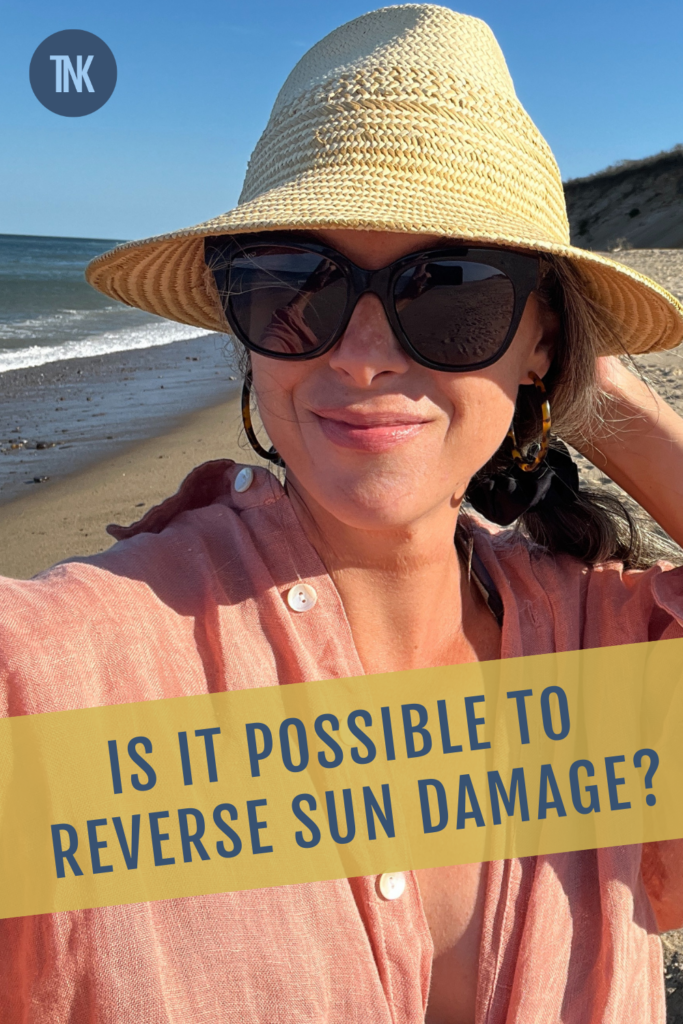

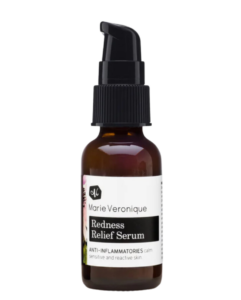
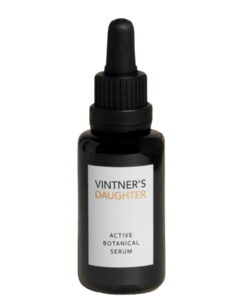
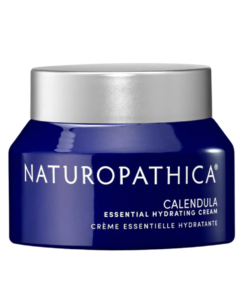
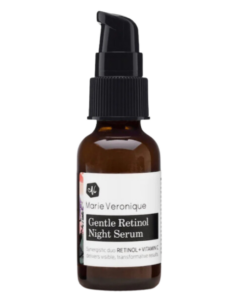

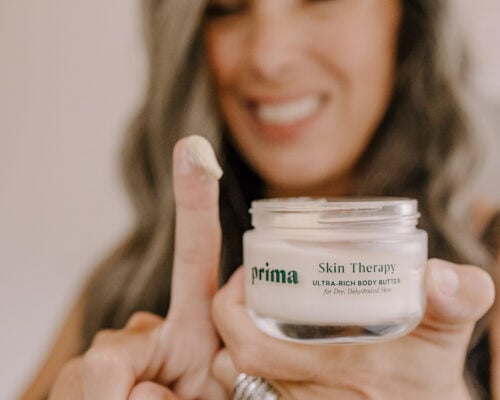
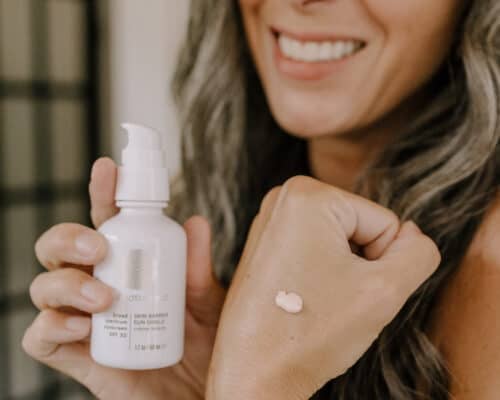
Kristen Pratte
July 18, 2023I use Mad Hippie a vitamin C in the morning and then Mad Hippie Vitamin A at night. Are these beneficial for repair and prevention?? Curious on your thoughts 🙂
Lisa Fennessy
August 3, 2023Hi Kristen! Yes! Vitamin C helps protect during the day (don’t forget to wear sunscreen too!) and Vitamin A helps to repair at night. These are great choices! xo, Lisa
Kelly Edwards
February 24, 2024What procedures would you recommend in an esthetician’s office to soften fine lines?
Lisa Fennessy
March 3, 2024Hi Kelly! This post might help!